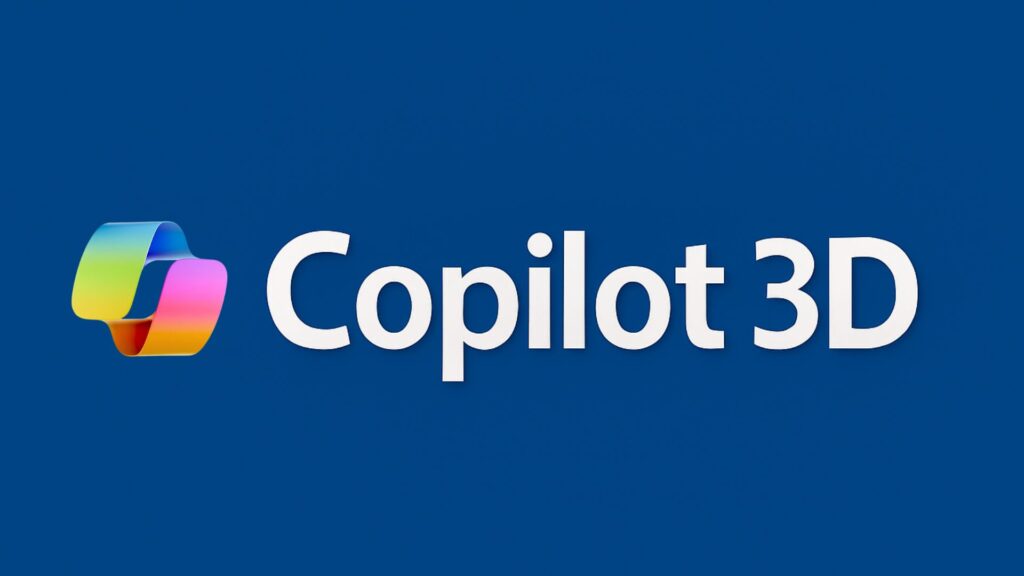Microsoft enters AI-powered 3D modelling race with Copilot 3D
Microsoft’s Copilot 3D converts 2D images into realistic 3D models, aiming to make 3D creation accessible to all.

Microsoft has launched Copilot 3D, an AI-powered tool that transforms 2D images into realistic 3D models without requiring specialist skills. Available through Copilot Labs, it aims to make 3D creation faster, more accessible, and more intuitive for global users signed in with a Microsoft account.
The tool supports only image-to-3D conversion, with no text-to-3D capability. Users can upload images up to 10 MB, generate a model, and download it in GLB format. Microsoft states uploaded images are used solely for model generation and are not retained for training or personalisation.
Copilot 3D is designed for applications that range from prototyping and creative exploration to interactive learning, thereby reducing the steep learning curve associated with conventional 3D programs. It can be used on PCs or mobile browsers; however, Microsoft recommends a desktop experience for optimal results.
Tech rivals are also advancing similar tools. Apple’s Matrix3D model can build 3D scenes from images, while Meta’s 3D Gen AI system creates 3D assets from text or applies textures to existing models. Nvidia’s NeRF technology generates realistic 3D scenes from multiple 2D images.
The release underscores growing competition in AI-driven 3D design, as companies race to make advanced modelling tools more accessible to everyday creators.
Would you like to learn more about AI, tech, and digital diplomacy? If so, ask our Diplo chatbot!
